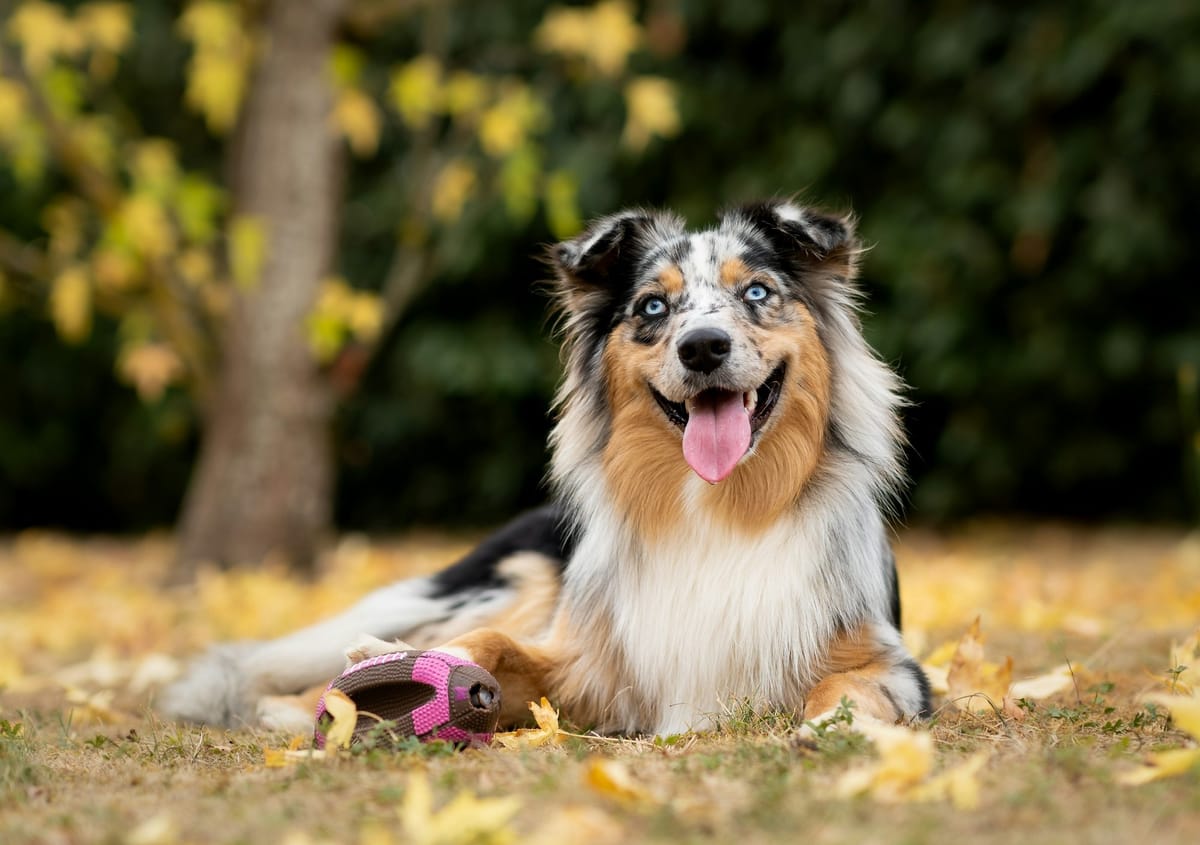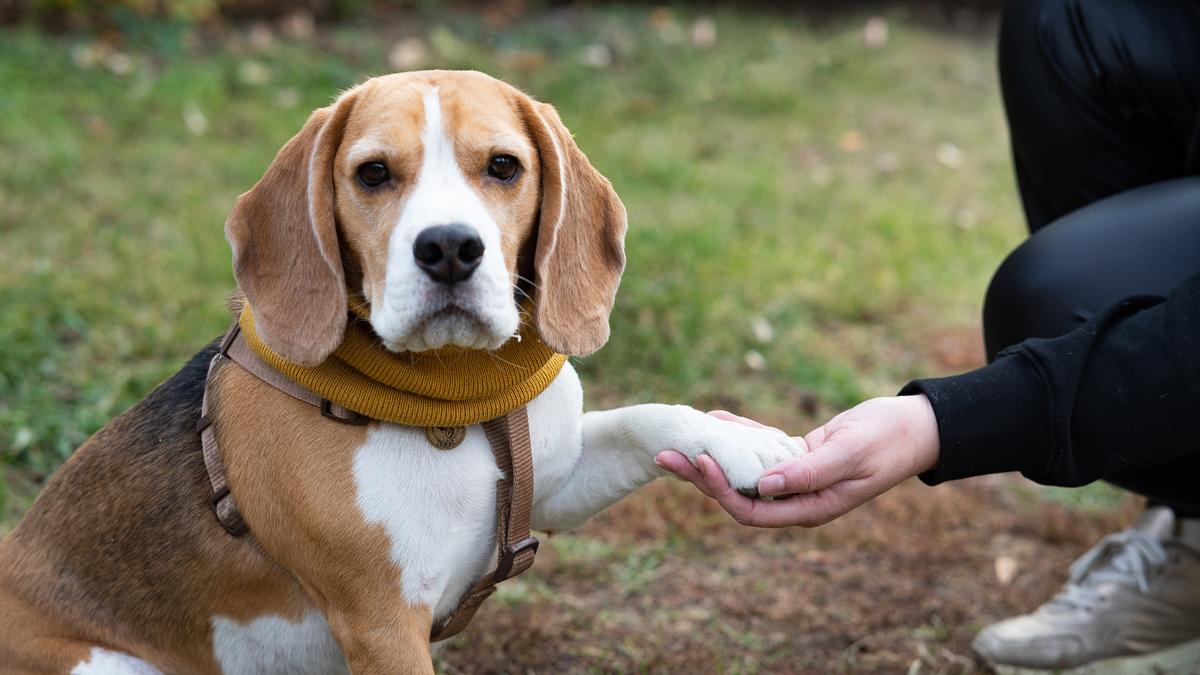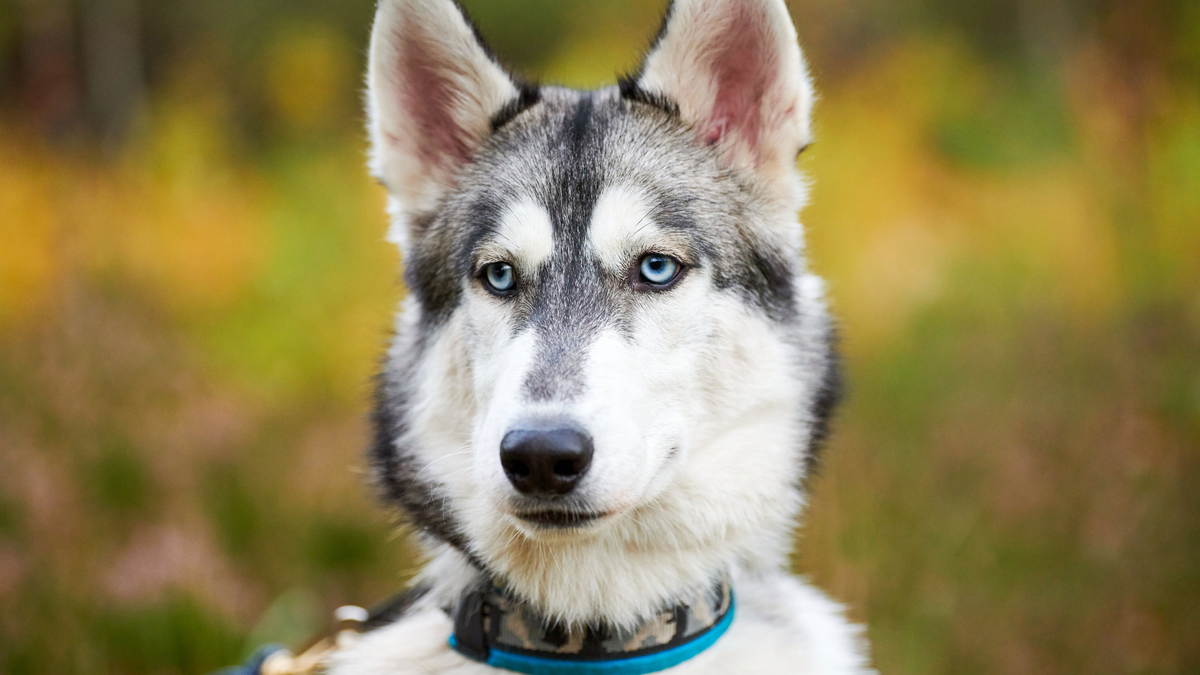If you're a dog lover, you might have noticed that among the various charming features that dogs possess, their ears come in a wide array of shapes and sizes. Some dogs are recognized by their distinctive pointy ears that add an extra layer of character to their appearance. In this article, we'll delve into the world of dogs with pointy ears, exploring different breeds, the reasons behind these unique traits, and the charm they bring to our lives.
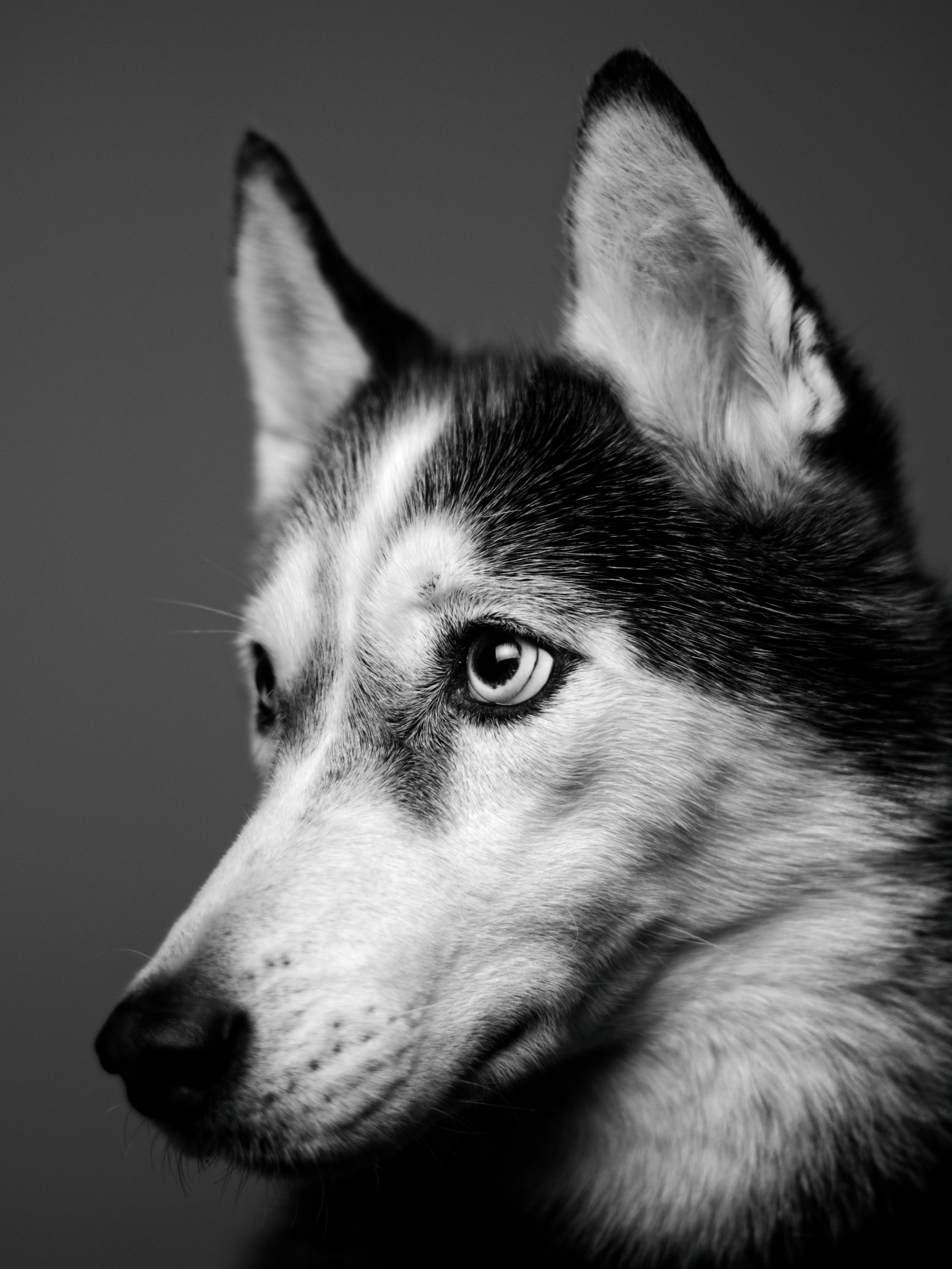
Breeds with Pointy Ears
Pointy ears are a distinctive feature that sets certain dog breeds apart, adding to their unique charm and character. These breeds showcase an array of pointy ear variations, each contributing to their individuality and allure.
German Shepherd: The German Shepherd is instantly recognizable by its erect, triangular ears that exude an air of intelligence and attentiveness. These ears aren't just for show; they enhance the breed's exceptional hearing ability, making them superb working dogs and loyal companions.
Siberian Husky: The Siberian Husky, known for its captivating appearance and striking blue eyes, boasts pointy ears that add to its majestic aura. These ears also serve a functional purpose, aiding in temperature regulation to adapt to various climates.
Doberman Pinscher: With their sleek and powerful build, Doberman Pinschers are distinguished by their alert and pointed ears. These ears not only enhance their acute sense of hearing but also contribute to their imposing and commanding presence.
Australian Cattle Dog: The Australian Cattle Dog features perky, pointy ears that reflect its high energy and herding background. These ears are essential tools for capturing distant sounds across open landscapes, helping them excel in their working roles.
These breeds stand as living examples of how pointy ears can contribute to a dog's identity, functionality, and visual appeal, making them beloved companions and remarkable members of the canine world.

Evolutionary Reasons for Pointy Ears
The evolution of pointy ears in dogs can be attributed to their wild ancestors. Wolves, from which dogs descended, developed erect ears as an adaptation to locate prey and predators more effectively. In the wild, survival depended on the ability to hear subtle sounds, such as rustling leaves or distant footsteps. Over generations, this trait was passed down to domestic dogs, preserving their acute sense of hearing and allowing them to remain attuned to their surroundings.
Advantages of Pointy Ears in Dogs
Pointy ears offer several advantages to dogs, enhancing their overall sensory experience. These ears are not only aesthetically appealing but also serve functional purposes. One significant advantage is the heightened hearing capability they provide. Dogs with pointy ears can detect a wider range of sounds, including faint noises that might go unnoticed by humans or dogs with floppy ears.
This acute sense of hearing makes pointy-eared dogs excellent guard animals. They can alert their owners to potential threats even from a considerable distance, acting as vigilant protectors of the household. Additionally, their enhanced hearing aids in various activities, such as hunting or herding, where detecting subtle cues is crucial.
In outdoor environments, pointy ears enable dogs to navigate their surroundings with increased awareness. They can hear the approach of other animals or detect changes in the environment, allowing them to react swiftly to changing circumstances.
Furthermore, pointy ears contribute to a dog's social interactions. Dogs often use ear movements as a form of communication. Erect ears can convey curiosity, attentiveness, or even playfulness. This nonverbal communication helps dogs interact effectively with humans and other animals, fostering better understanding and cooperation.
Caring for Dogs with Pointy Ears
Taking care of dogs with pointy ears requires attention to their unique needs. While these ears add to their charm, they also come with specific considerations to ensure your furry friend remains healthy and comfortable.
Regular Cleaning: Pointy ears are more exposed to dirt, debris, and moisture. Regularly clean your dog's ears using a damp cloth or a veterinarian-recommended ear cleaner. Gently wipe the outer ear, avoiding deep insertion into the ear canal.
Routine Inspection: Perform regular ear checks to detect any signs of irritation, redness, or excessive wax buildup. If you notice any unusual odor, discharge, or discomfort, consult a veterinarian promptly.
Proper Drying: After baths or swimming, make sure to thoroughly dry your dog's ears. Moisture trapped in the ear canal can lead to infections.
Trimming Hair: If your dog has long ear hair, consider trimming it carefully to prevent tangling and to improve air circulation around the ears.
Avoid Inserting Objects: Never insert cotton swabs or any foreign objects into your dog's ear canal. This can lead to injury or push debris further inside.
By following these guidelines, you can help keep your pointy-eared companion's ears clean and free from discomfort.
Challenges of Pointy Ears
While pointy ears are charming, they also come with certain challenges that owners should be aware of. One significant challenge is the increased susceptibility to ear infections. The erect nature of these ears can restrict airflow, creating a warm and moist environment ideal for the growth of bacteria and yeast.
Owners of pointy-eared dogs should be vigilant in maintaining proper ear hygiene. Regular cleaning, as mentioned earlier, can help prevent infections. Additionally, if you notice your dog excessively scratching their ears, shaking their head, or displaying signs of discomfort, consult a veterinarian. Prompt treatment can prevent minor issues from developing into more serious infections.
Pointy-Eared Puppies: Aww-worthy Antics
There's something undeniably endearing about pointy-eared puppies as they explore the world around them. As these puppies grow, their ears gradually stand erect, accentuating their cuteness. Watching them clumsily navigate their surroundings while those adorable ears twitch in response to every sound is a heartwarming experience for any dog lover.
Pointy-eared puppies are known for their playful antics and boundless curiosity. As they interact with their littermates and discover new textures, objects, and people, their ears often take on a life of their own, responding to each new experience with an irresistible charm.
Pointy Ears and Canine Communication
Communication among dogs is a fascinating blend of body language, vocalizations, and yes, even their ears. Pointy ears play a crucial role in this intricate system of conveying emotions and intentions. When a dog's ears stand erect and face forward, it signifies attentiveness and curiosity. This posture indicates that the dog is alert, actively processing information from their environment.
Conversely, if a dog's ears flatten against their head, it often suggests submission, fear, or discomfort. This lowering of the ears is an instinctual response that has been retained through generations as a way to avoid confrontation with potential threats.
By observing a dog's ear positions in different situations, you can gain valuable insights into their emotional state. Whether it's the anticipation of playtime, the intrigue of a new scent, or the wariness of an unfamiliar environment, pointy ears serve as an expressive tool that allows dogs to interact effectively with both humans and their fellow canines.
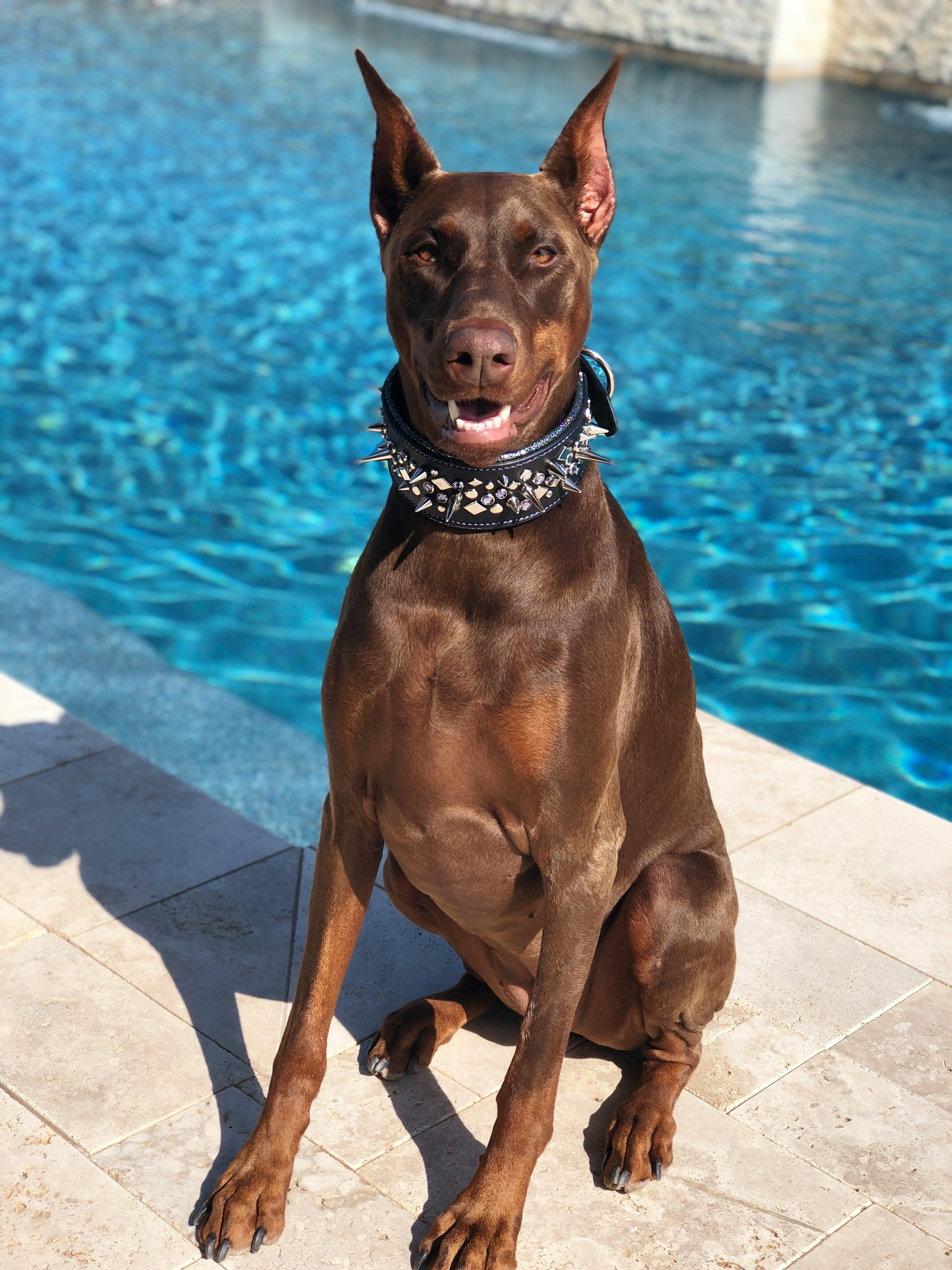
Training and Socialization for Pointy-Eared Breeds
Training and socialization are key factors in raising well-adjusted pointy-eared dogs. These breeds, known for their keen senses and often protective nature, benefit immensely from early exposure to various environments, people, and experiences.
Positive Reinforcement: Utilize positive reinforcement techniques to encourage desirable behaviors. Reward-based training fosters a strong bond between you and your dog and helps them associate positive outcomes with specific actions.
Early Socialization: Introduce your pointy-eared pup to a diverse range of people, animals, sounds, and settings during their critical socialization period. This exposure builds their confidence and prevents potential fear or aggression issues in adulthood.
Basic Obedience: Teach basic commands such as sit, stay, come, and leave it. These commands not only make everyday interactions smoother but also enhance safety during outdoor activities.
Leash Training: Pointy-eared dogs can be strong and assertive. Proper leash training helps them walk calmly on a leash without pulling or becoming overly reactive to stimuli.
Consistency: Maintain a consistent training routine, using clear cues and rewards to reinforce positive behavior. Consistency helps your dog understand what is expected of them.
Remember that training should be a positive and enjoyable experience for both you and your dog. By investing time and patience, you're ensuring a harmonious and fulfilling relationship with your pointy-eared companion.
The Elegance of Pointy Ears: Aesthetic Appeal
The elegance of pointy ears is undeniable. Whether seen on a majestic German Shepherd or an agile Australian Cattle Dog, these erect ears contribute to a breed's unique charm and beauty.
Pointy ears often enhance a dog's regal appearance. They convey a sense of alertness and grace, accentuating the breed's distinct characteristics. When a dog's ears stand tall, it imparts an air of confidence and readiness, qualities that have endeared these breeds to dog enthusiasts for generations.
Pointy Ears in Pop Culture and Art
Pointy-eared dogs have left an indelible mark on pop culture and art. These distinctive breeds often take center stage in movies, TV shows, literature, and various forms of visual expression. Their captivating appearance and the unique aura they exude make them memorable characters and subjects.
From the heroic German Shepherds in classic films to the enigmatic allure of the Siberian Husky, pointy-eared dogs symbolize traits like courage, loyalty, and adventure. Their image resonates with audiences worldwide, creating a strong connection between humans and these remarkable animals.
In art, pointy ears are frequently emphasized to accentuate a dog's character and personality. Paintings, sculptures, and illustrations capture the essence of these breeds, celebrating their elegance and capturing the essence of their unique charm.
Living with a Pointy-Eared Companion
Welcoming a pointy-eared dog into your home means embracing a loyal, attentive, and elegant companion. Their erect ears are not just a physical trait; they reflect the breed's natural curiosity, intelligence, and desire to interact with their surroundings.
Active Lifestyle: Many pointy-eared breeds thrive on physical activity and mental stimulation. Engage them in regular exercise, playtime, and training sessions to keep their minds and bodies healthy.
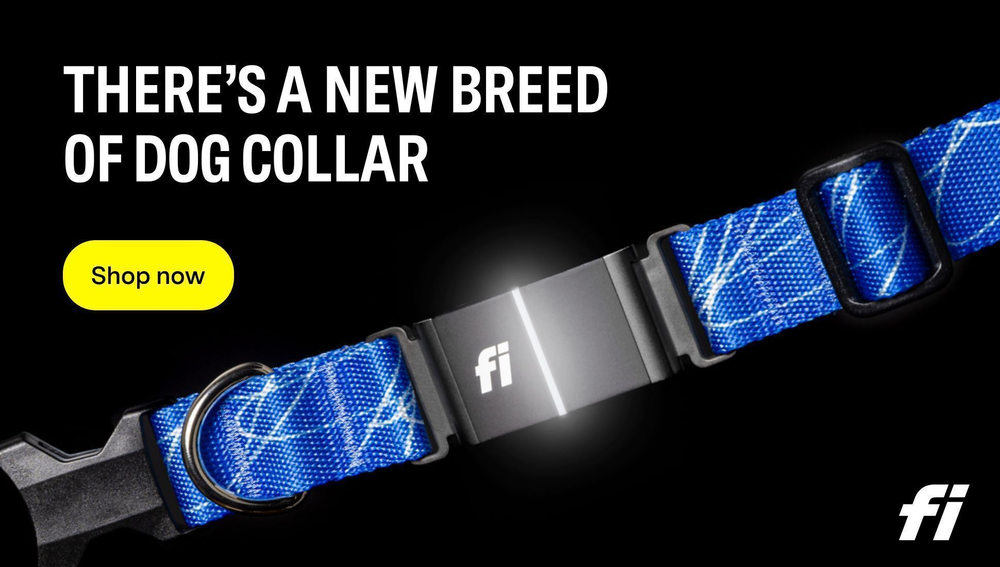
Strong Bonds: Pointy-eared dogs often form strong bonds with their owners. Building a relationship based on trust, respect, and positive reinforcement is key to a harmonious life together.
Regular Vet Visits: Due to their ear shape, pointy-eared dogs may be more prone to ear infections. Regular veterinary check-ups are crucial to monitor their overall health and catch any potential issues early.
Grooming Routine: Establish a grooming routine that includes regular ear checks, brushing, and nail trimming. Keeping up with their grooming needs ensures they remain comfortable and well-maintained.
Socialization: Introduce your pointy-eared companion to various people, animals, and environments from an early age. Proper socialization helps prevent behavioral issues and fosters a confident demeanor.
Health Considerations for Pointy-Eared Dogs
While pointy ears contribute to a dog's distinctive appearance, they also require attentive care to ensure their well-being.
Ear Hygiene: Due to their shape, pointy ears can trap moisture and debris, leading to infections. Clean your dog's ears as recommended by your veterinarian to prevent issues.
Regular Checks: Conduct routine checks for signs of discomfort, redness, or odors. If your dog shows any unusual symptoms, seek veterinary advice promptly.
Allergies: Pointy-eared dogs can be prone to allergies that affect their skin and ears. Watch for scratching, licking, or changes in behavior that might indicate an allergy.
Appropriate Diet: Feed your pointy-eared companion a balanced diet that supports their overall health. Consult your veterinarian to determine the best diet for your dog's needs.
Exercise: Regular exercise is essential for maintaining a healthy weight and promoting good circulation, which contributes to overall ear health.
By prioritizing your pointy-eared dog's health and well-being, you can ensure they live a vibrant and fulfilling life as your cherished companion.
Grooming Tips for Pointy-Eared Breeds
Grooming pointy-eared breeds involves a combination of regular care and attention to their distinct ear shape. By following these grooming tips, you can help keep your furry friend comfortable and looking their best.
Ear Cleaning: Clean your dog's ears regularly to prevent dirt, wax, and moisture buildup. Use a veterinarian-approved ear cleaner and a soft cloth to gently wipe the outer ear. Avoid inserting anything into the ear canal.
Trimming Excess Hair: Some pointy-eared breeds have long hair around their ears. Trim this excess hair carefully to prevent tangling and to allow proper air circulation around the ears.
Check for Debris: During grooming sessions, inspect your dog's ears for foreign objects, debris, or signs of irritation. If you notice any redness, swelling, or unusual discharge, consult your veterinarian.
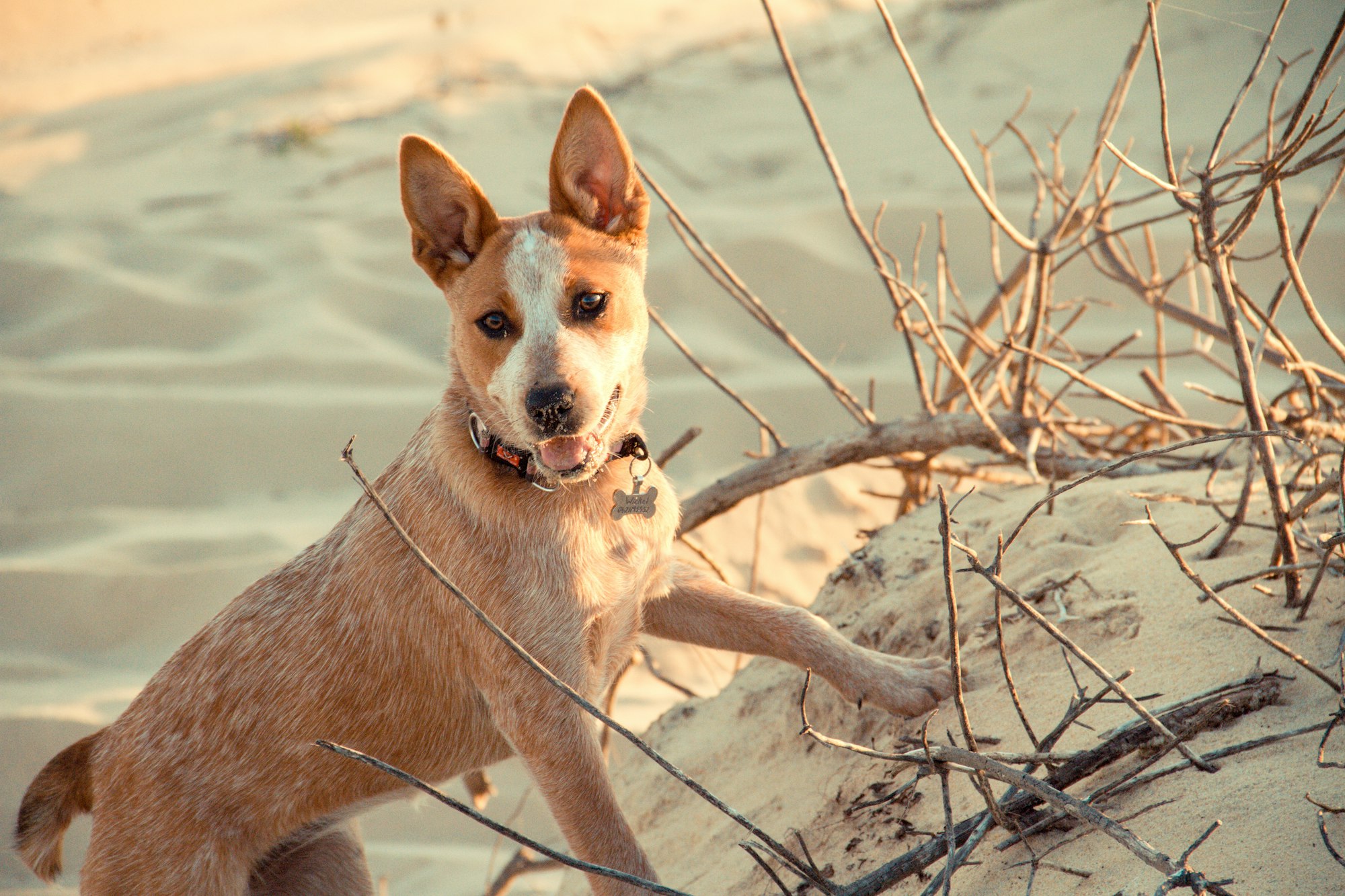
Nail Care: Trim your dog's nails as needed to prevent overgrowth. Long nails can affect their gait and overall comfort, potentially leading to issues with their posture.
Brushing: Brush your pointy-eared companion's coat regularly to remove loose fur and prevent matting. This practice also helps distribute natural oils, keeping their coat healthy and shiny.
Bathing: Bathe your dog as necessary, using a mild dog shampoo. Be cautious not to over-bathe, as excessive washing can strip their coat of essential oils.
Dental Care: Dental hygiene is essential for overall health. Brush your dog's teeth regularly using a dog-friendly toothbrush and toothpaste.
Professional Grooming: Depending on the breed's coat type, consider occasional professional grooming to maintain a neat and tidy appearance.
Ear Protection: During activities such as swimming or baths, protect your dog's ears from excess moisture by placing cotton balls gently in the ear canal. Remember to remove them afterward.
Positive Experience: Make grooming a positive experience for your dog by offering treats, praise, and plenty of reassurance. This helps them associate grooming with a pleasurable time spent with you.
By incorporating these grooming practices into your routine, you're not only promoting your pointy-eared dog's well-being but also strengthening the bond you share with your furry companion.
Conclusion
Dogs with pointy ears bring a touch of elegance and uniqueness to the world of canines. These remarkable features have evolved for specific purposes, enhancing their senses and enriching their interactions with humans. Whether it's their exceptional hearing, aesthetic appeal, or their role in art and pop culture, pointy ears are a testament to the captivating diversity of the dog kingdom.
FAQs about Dogs With Pointy Ears
Q1: Are all dogs born with pointy ears?
- No, not all dogs are born with pointy ears. Breeds with pointy ears have specific genetic traits that determine their ear shape.
Q2: Can I train my dog to have erect ears?
- No, a dog's ear shape is determined by genetics and cannot be altered through training.
Q3: Do pointy-eared dogs require more grooming?
- Pointy-eared dogs may require slightly more attention to ear hygiene, but overall grooming needs vary by breed.
Q4: Are pointy-eared breeds more prone to hearing issues?
- Pointy-eared breeds can be more prone to ear infections due to their ear shape, so regular check-ups are essential.
Q5: What is the significance of ear position in dog communication?
- Ear position can convey a dog's emotional state. Erect ears often signal attentiveness or curiosity, while flattened ears might indicate fear or submission
Want to know more about specific dog traits?

